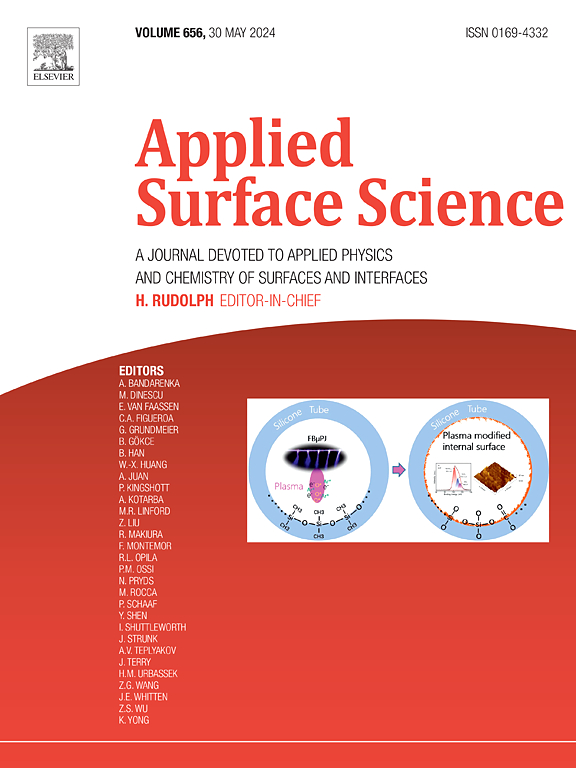Study on the interlayer and interphase multiple coordination deformation mechanism of Fe-20.4Cr-4.7Mn-0.27N duplex stainless steel with gradient heterostructure
IF 6.3
2区 材料科学
Q2 CHEMISTRY, PHYSICAL
引用次数: 0
Abstract
In this work, ultrasonic rolling treatment was conducted on the surface (USRT) of the Fe-20.4Cr-4.7Mn-0.27N duplex stainless steel plate for 6 passes, its influences on the tensile deformation and damage behaviors were clarified by means of XRD, EBSD, TEM, SEM, etc. The results show that the USRT introduced gradient heterostructure layers with a total volume ratio of about 27 % in the Fe-20.4Cr-4.7Mn-0.27N steel, the α’bcc-martensite proportion increases from 0 % in the base-material core to 5 % on the USRT surface. This leaded to an improvement in yield strength of 125 MPa, an increase in ultimate tensile strength of 17 MPa and a decrease in total elongation of 20 %. Besides, a further increase in α’bcc-martensite proportion of 35 %–38 % was shown in austenite throughout the USRT specimen after tensile fracture. While in ferrite, the dislocation activity in the USRT layer was obviously weaker than that in the base-material core during tensile deformation. The complex coordination deformation behavior is closely associated with the plasticity partitioning difference between the heterogeneous phases and between the heterogeneous layers. This finally leaded to different damage characteristics on the USRT surface from that in the as-annealed specimen.


求助全文
约1分钟内获得全文
求助全文
来源期刊

Applied Surface Science
工程技术-材料科学:膜
CiteScore
12.50
自引率
7.50%
发文量
3393
审稿时长
67 days
期刊介绍:
Applied Surface Science covers topics contributing to a better understanding of surfaces, interfaces, nanostructures and their applications. The journal is concerned with scientific research on the atomic and molecular level of material properties determined with specific surface analytical techniques and/or computational methods, as well as the processing of such structures.
 求助内容:
求助内容: 应助结果提醒方式:
应助结果提醒方式:


